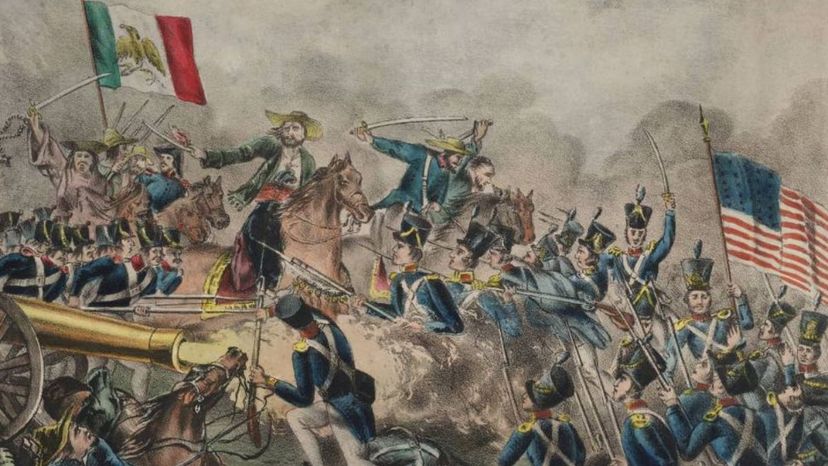
About This Quiz
Too often, Americans and Canadians think of Mexico only as a vacation destination, limiting it to the (admittedly gorgeous) beaches of its upper West Coast, and tourist spots like Mazatlan and Acapulco. Mexico, however, is much more than that. It has a rich and varied history.
For example, do you know how long humans have occupied the Mexican subcontinent? It's a shorter period of time than you might have guessed -- and we're not talking about European occupation, but humans overall. Native peoples, the most famous of which are probably the Aztec, lived in Mexico long before the arrival of the first Europeans. Their art and architecture, as seen in ruins and in museum pieces, is marvelous; the capital city of the Aztec empire must have been a sight to behold in its day.
The history of Mexico continues with European conquest, eventual independence, and folk heroes like Pancho Villa (and another, whose name we can't tell you, because it's the answer to a quiz question). Today, Mexico is a thriving democratic nation - though its relationship with its immediate neighbor to the north has become rocky, to say the least, in recent years.
Whether you consider yourself well-versed in Mexican history or would like to learn a little more, try our quiz now!
Advertisement
Advertisement
Advertisement
Advertisement
Advertisement
Advertisement
Advertisement
Advertisement
Advertisement
Advertisement
Advertisement